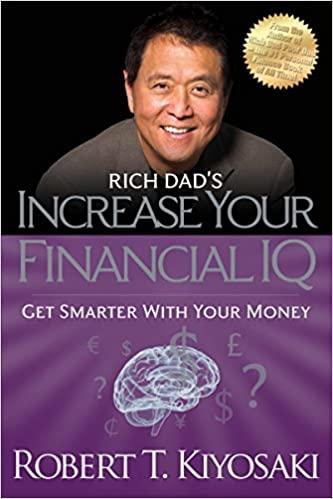Answered step by step
Verified Expert Solution
Question
1 Approved Answer
2 . CAPM, Portfolio Risk, and Return ( Formula Approach ) Step 1 : Quick Take: CAPM, Portfolio Risk, and Return CAPM, portfolio risk and
CAPM, Portfolio Risk, and Return Formula Approach
Step : Quick Take: CAPM, Portfolio Risk, and Return
CAPM, portfolio risk and return are fundamental concepts in finance.
Read the following text and answer the question that follows.
The capital asset pricing model CAPM is a model that assumes that the required rate of return on a stock is equal to the riskfree rate plus a risk premium. This risk premium is determined by the risk remaining after diversification. The implications of such a model lead to important intuitions about risk in the context of a portfolio multiple stocks or assets held together
Consider a portfolio of multiple stocks. The expected return of the portfolio is simply the weighted average of the expected returns of each stock in the portfolio. However, the risk as measured by the standard deviation of expected returns of the portfolio is not equal to the weighted average of the risk of the individual stocks. The risk of the portfolio as a whole is usually smaller than the weighted average of the risk of the stocks unless the stocks are perfectly positively correlated because of diversification. However, not all risk can be eliminated with diversification.
Market risk is the risk that remains after all diversifiable risk has been eliminated. Thus, when a stock is held in a diversified portfolio, the riskiness of a stock is measured by the degree to which the stock contributes to the portfolios market risk. In other words, the risk of a stock in a well diversified portfolio is measured by how that stock moves up or down with the broader market. This is measured by a stocks beta coefficient. The beta for a portfolio as a whole is simply the weighted average beta of the securities therein. In theory, the beta of a stock is the most relevant measure of risk for that stock.
True or False: The risk of a portfolio is generally not equal to the weighted average standard deviation of expected returns of each stock in the portfolio.
True
False
Step : Learn It: CAPM, Portfolio Risk, and Return
Watch the following video for an example, then answer the questions that follow.
Consider the following information for Stocks A B and C The returns on the three stocks, while positively correlated, are not perfectly correlated.
The riskfree rate is
Stock
Expected Return
Standard Deviation
Beta
A
B
C
Let ri
be the expected return of stock i
rRF
represent the riskfree rate, b
represent the Beta of a stock, and rM
represent the market return.
Assume that the market is in equilibrium, with the required rate of returns equal to expected returns.
According to the video, which equation most closely describes the relationship between required returns, beta, and the market risk premium?
rirRFbtimes rMrRF
rirRFbrMrRF
rirRFbtimes rMrRF
rirRFbtimes rMrRF
Hint: Recall that because the market is in equilibrium, the required rate of return is equal to the expected rate of return for each stock.
Using the equation you just identified, you can solve for the market risk premium which, in this case, equals approximately
Consider Fund P which has one third of its funds invested in each of stock A B and C
True or False: The beta for a fund is equal to the weighted average of the betas of the individual stocks in the fund.
True
False
Using your answer to the previous question, the beta for Fund P is approximately
You have the market risk premium, the beta for Fund P and the riskfree rate.
Hint: Recall that because the market is in equilibrium, the required rate of return is equal to the expected rate of return for each stock.
This information implies that the required rate of return for Fund P is approximately
True or False: The standard deviation for Fund P is less than
True
False
Step by Step Solution
There are 3 Steps involved in it
Step: 1

Get Instant Access to Expert-Tailored Solutions
See step-by-step solutions with expert insights and AI powered tools for academic success
Step: 2

Step: 3

Ace Your Homework with AI
Get the answers you need in no time with our AI-driven, step-by-step assistance
Get Started


